We usually can’t even see them but they are still there, super small creatures who nonetheless keep living and breeding without a fear in the world.
The Bumblebee Bat
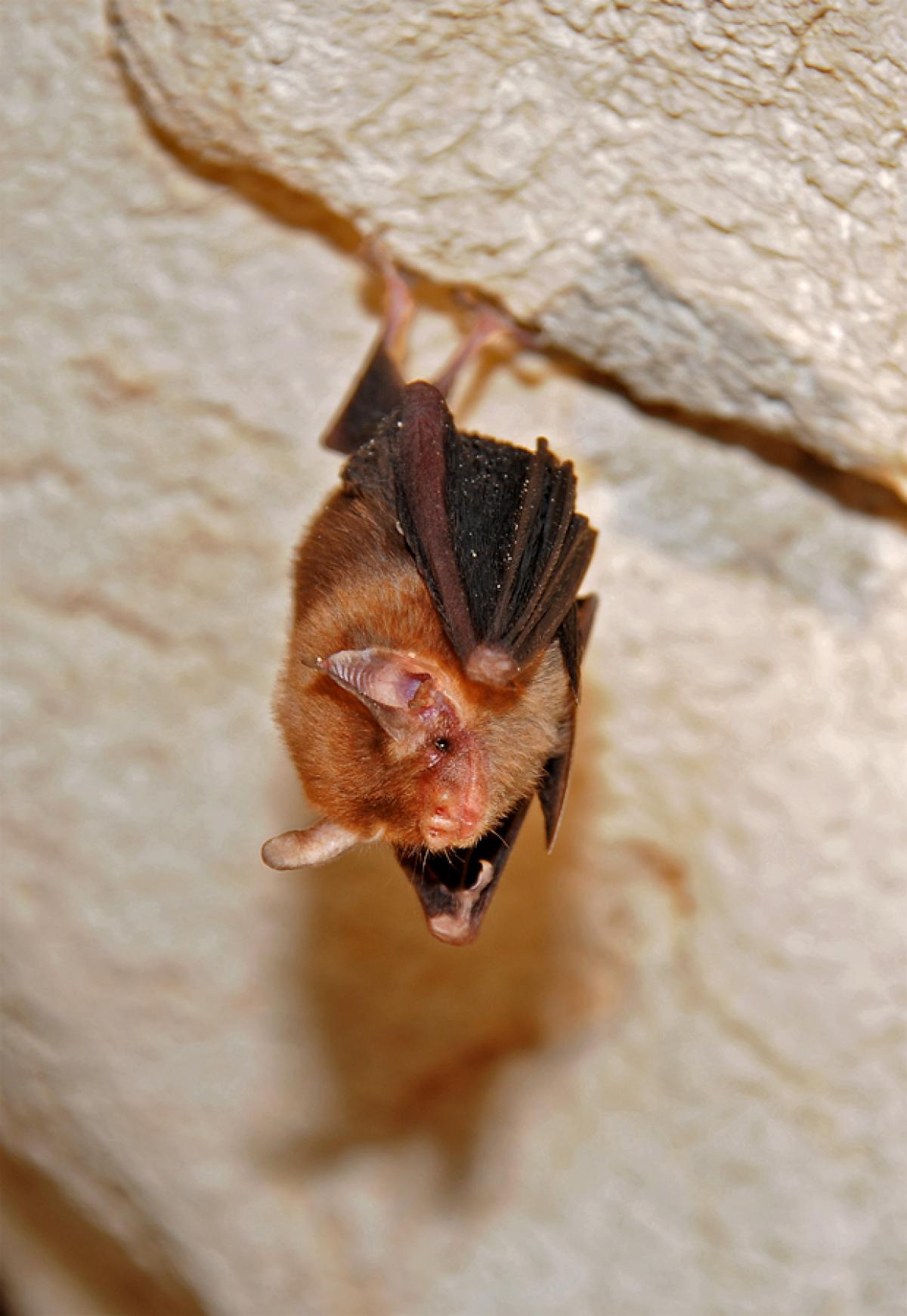
Also called Kitti’s hog-nosed bat, this creature is the smallest mammal when it comes to skull size. They can reach 40 millimeters in length and weight about 2 grams. Their lifestyle is pretty basic – there are short periods of activity right during the evening and dawn when the bats are looking for insects. They are living in Thailand and Burma, but their habitats are endangered because of human activity. In Thailand, for example, they are common in only one province with about 100 bats per cave.
Etruscan Shrew
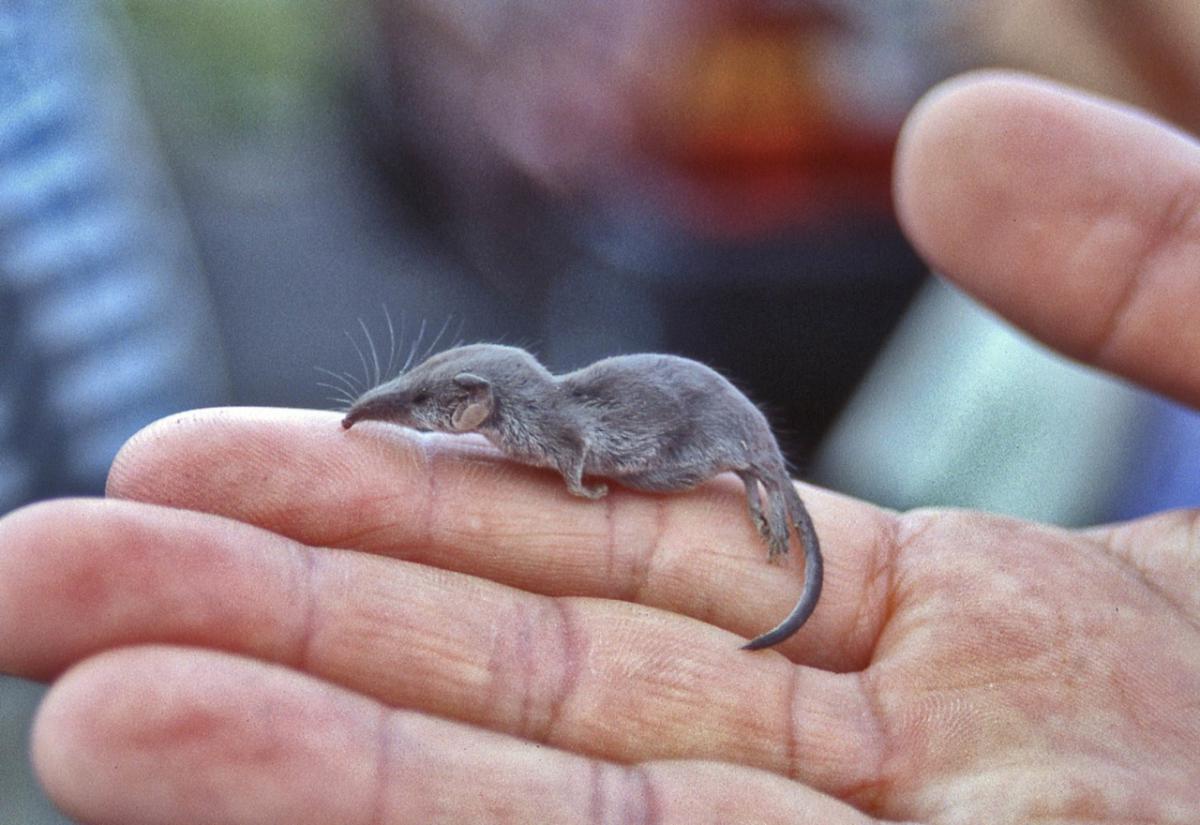
This is the smallest mammal when it comes to body mass. The Etruscan Shrew weighs only about 1.8 grams, but it makes up for it in length – 4 centimeters excluding the tail. The animal has a very fast metabolism, usually eating food double its size. The shrew prefers insects and similar small creatures to feed on. It is widely spread around the world, from Europe to North America and Malaysia, but in some countries it is endangered. Its usual habitats are between 10 and 30 degrees north, the Etruscan Shrew does prefer a warmer climate.
Barbados Threadsnake
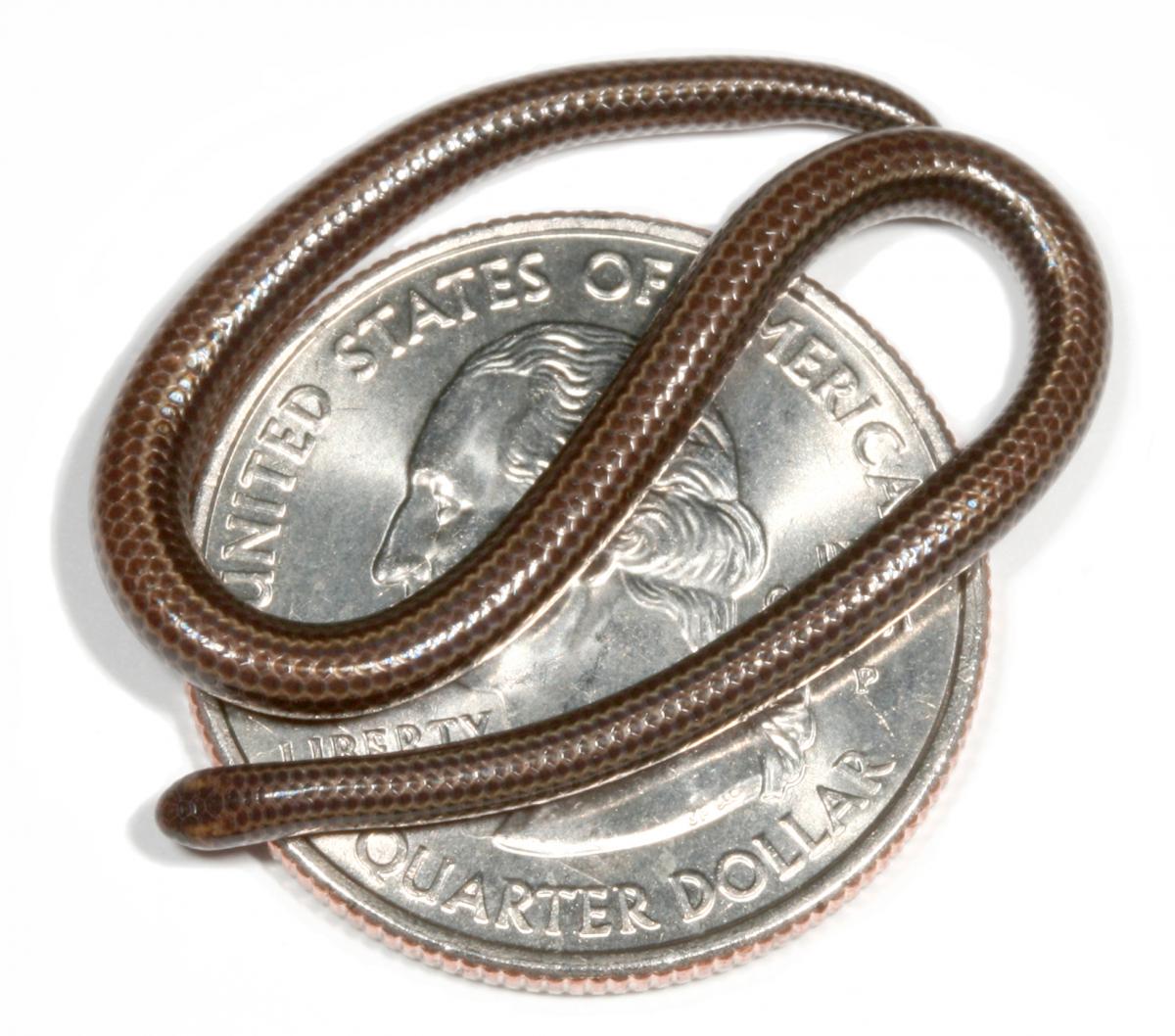
The smallest snake in the world was discovered on the Barbados island in the Caribbean Sea in 2008. The Threadsnake group contains small snakes, which live in America, Asia and Africa, and are up to 30 centimeters in length. Their mouths and teeth are designed for feeding on termites and ants. The Barbados Threadsnake is the same, except much smaller, the largest specimen are about 10 centimeters long. They are blind, can burrow in the ground and have a very peculiar way of reproducing. The mother hatches one very big egg, her kid is usually half the size of an adult. In comparison, the babies of the bigger snakes are up to 1/10th of the size of their parents.
Virgin Islands Dwarf Gecko
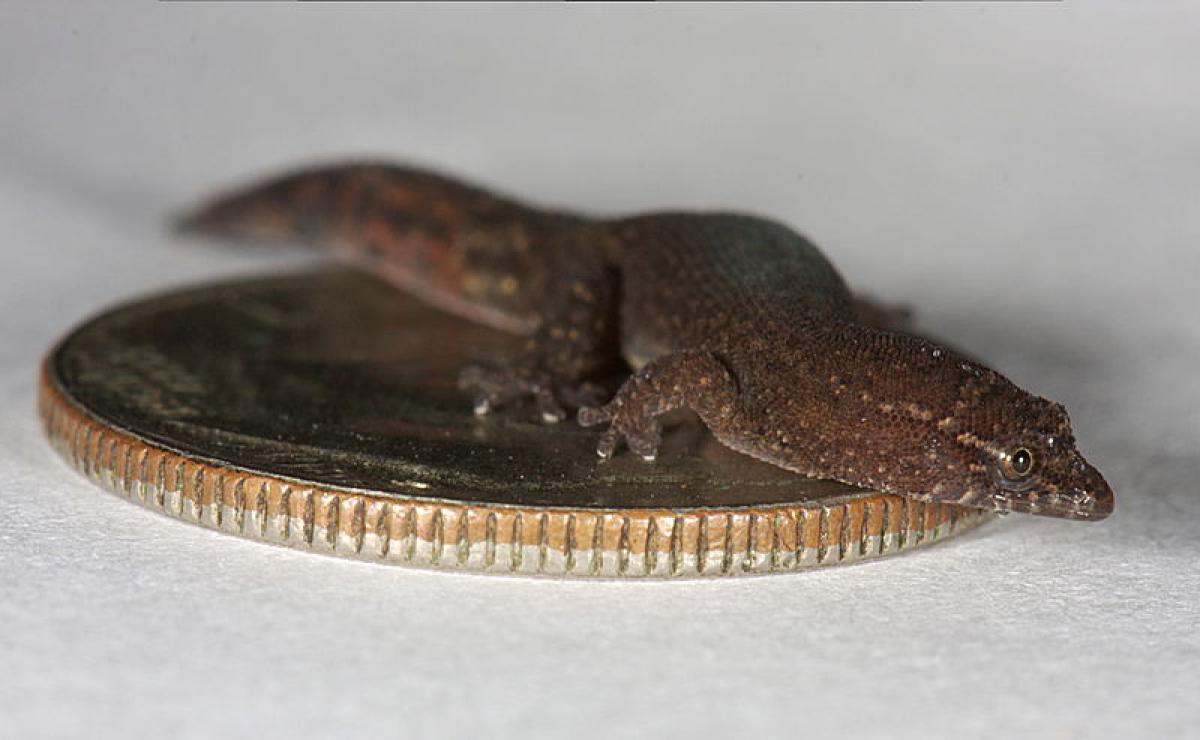
This type of gecko is known to live on three British Virgin Islands – Virgin Gorda, Tortola and Moskito Island. It is very small, only about 18 millimeters and weighs 0.15 grams. Its tail can regenerate, similar to the others of his kind. The gecko prefers to make its habitat under moist rocks, it has problems collecting the needed water to survive because of its small size. It was discovered in 1964, can be compared to a US dime in size and has bigger cousins on the neighboring islands.
Cuvier’s Dwarf Caiman
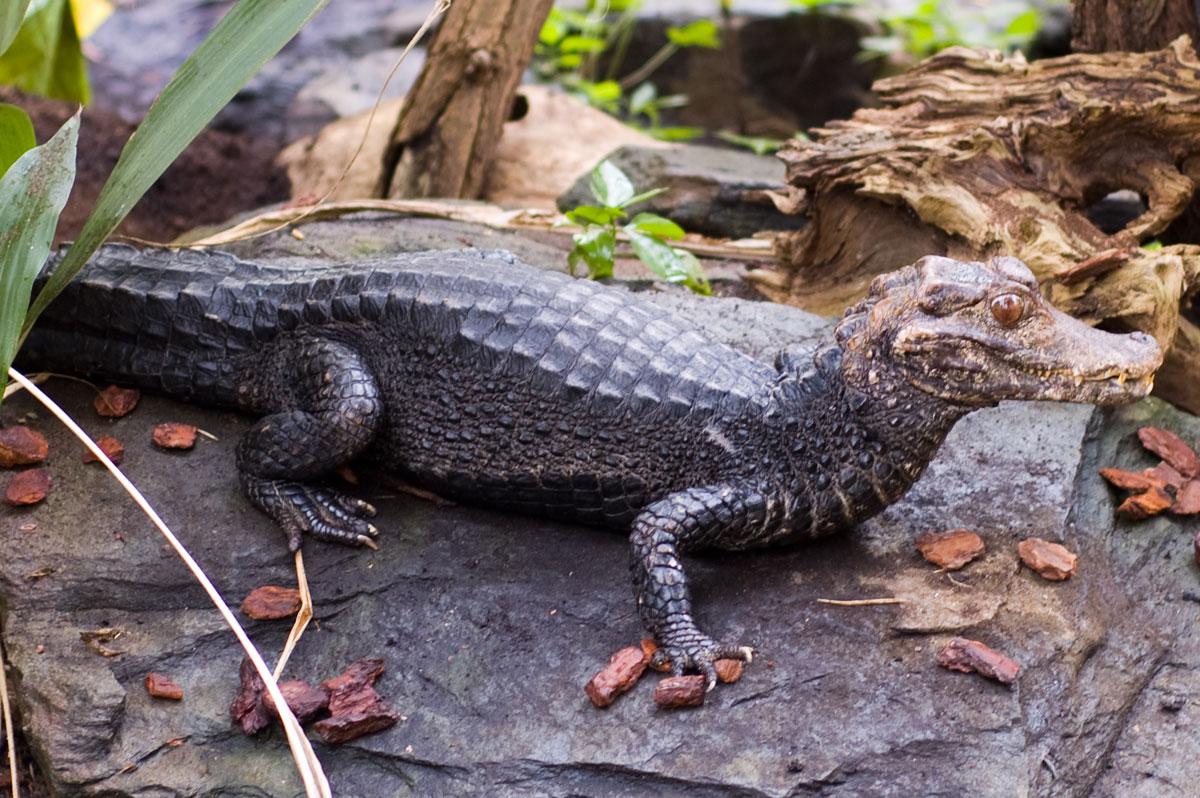
While it is the smallest crocodile in the world, Cuvier’s dwarf caiman still has a significant size. Its average length is 1.4 meters and it weighs about 7 kilograms. He lives in South America, more specifically in flooded forests near lakes and rivers. It also can use tunnels underground to keep himself cool when the weather outside is too dry. His usual victims are insects, fish and frogs. Due to its size it is sometimes used as a pet. Cuvier’s Dwarf Caiman is one of the more common reptiles in South America, which gives it the status of “least concern”.
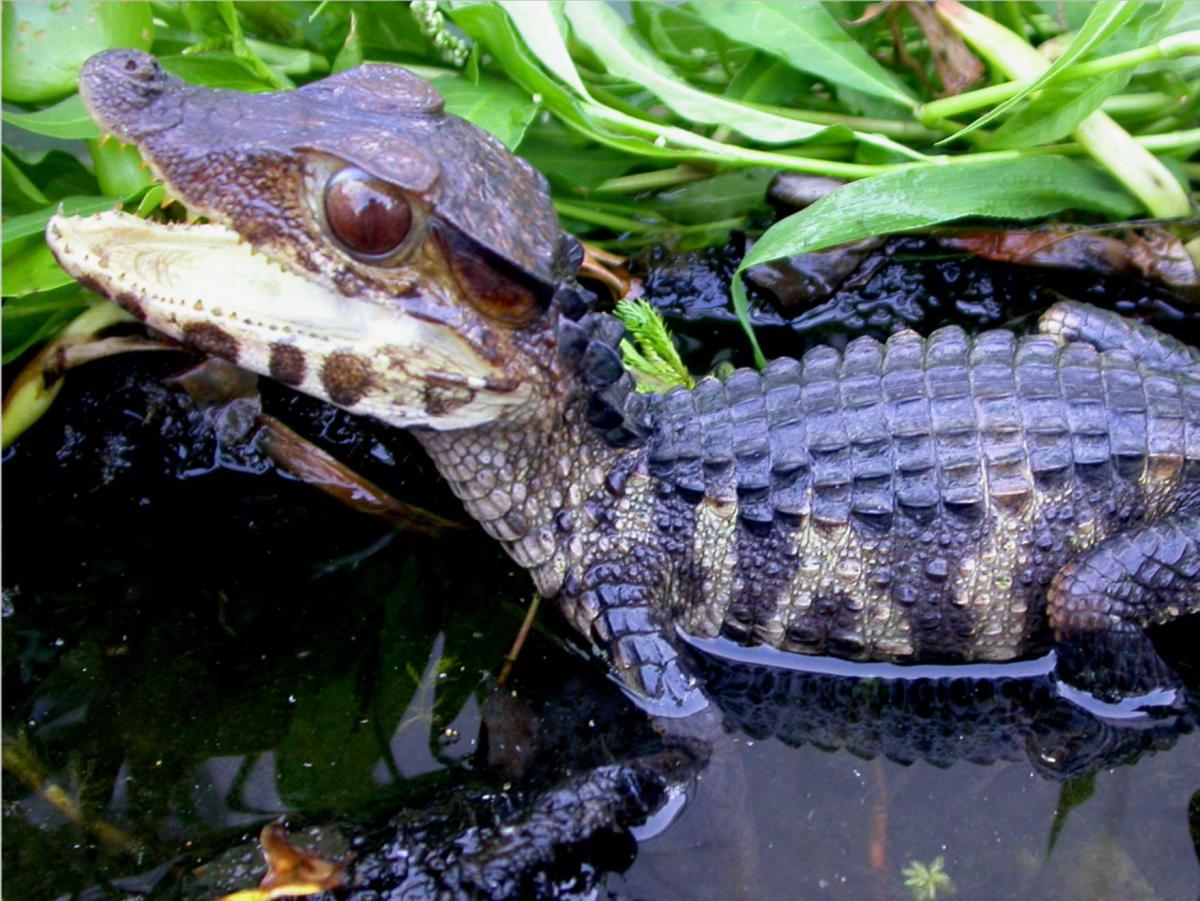
Least Weasel
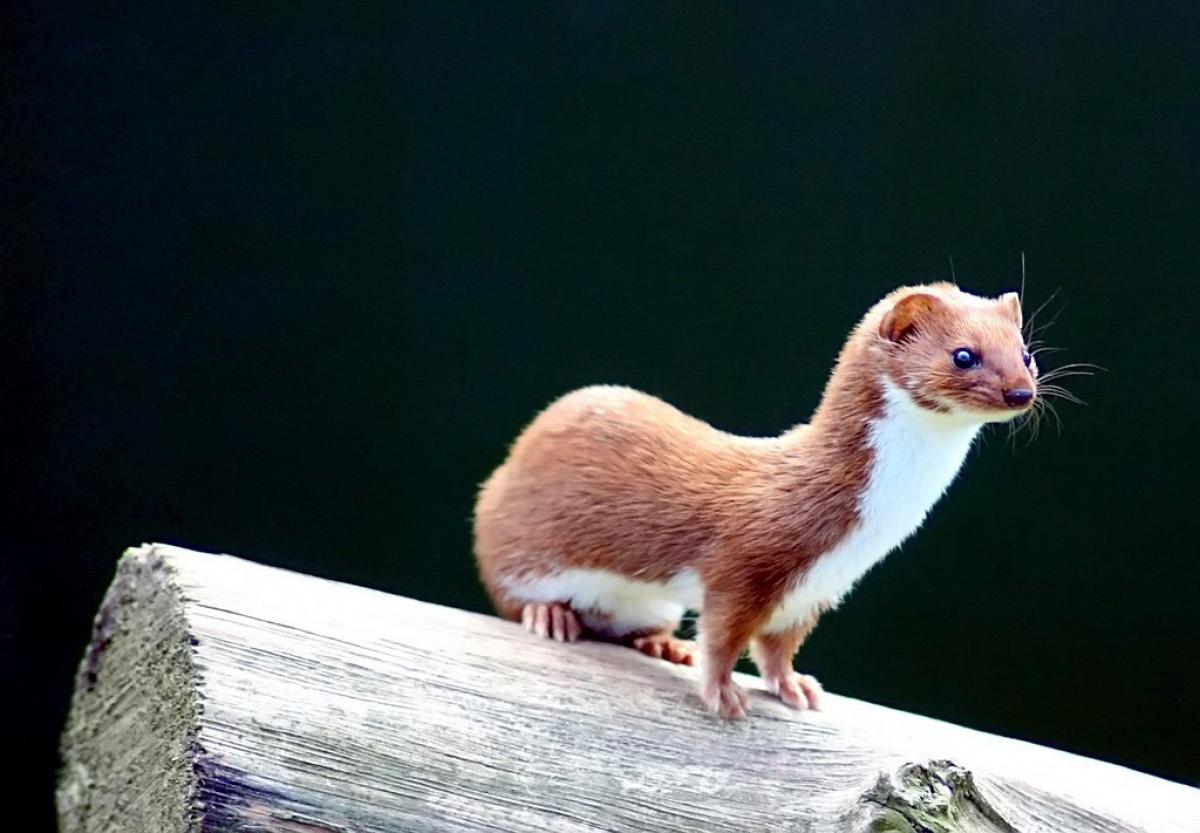
The Least Weasel is another widely spread animal. It lives in Europe, Asia and North Africa, and too has the status of “least concern” . It varies in size and color(anywhere between 114-260 millimeters in length and weighing between 29.5 and 250 grams). The weasel usually has a brown back, while its belly is white. It is the smallest carnivorous animal in the world, and its diet includes small rodents, rabbits and eggs. The Least Weasel is very fierce, which gives it a place in various cultures’ mythologies.
Madame Berthe’s Mouse Lemur
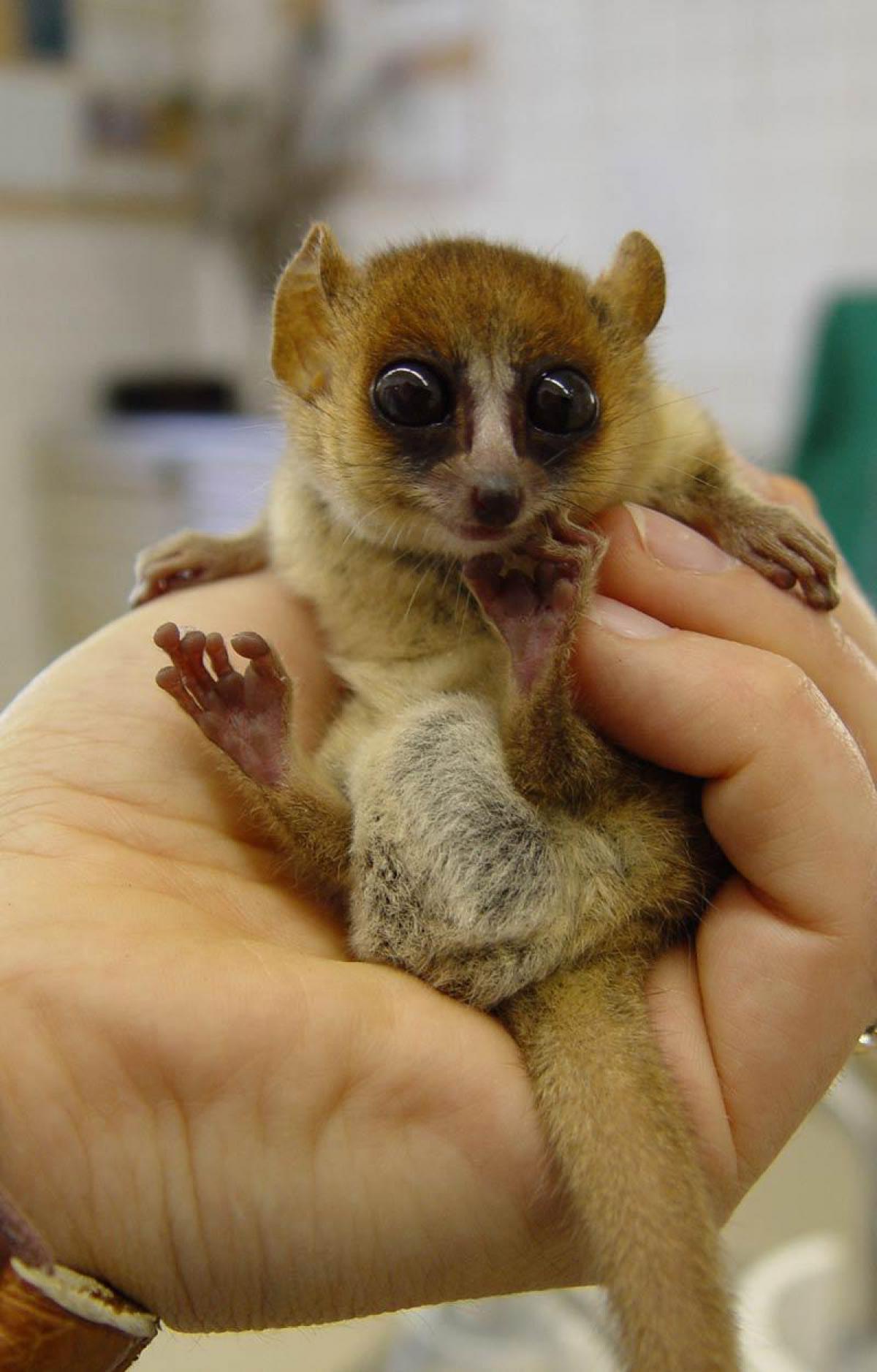
Lemurs are the smallest primates, aka monkeys, in the world. They live in Madagascar and managed to keep themselves there because of the island’s lack of bigger predators. Out of the different kinds of lemurs, the mouse lemurs are the smallest, and Madame Berthe’s Mouse Lemur is the smallest mouse lemur. It is brown/yellowish in color. Its length is 9 centimeters and its weight is 30 grams. It eats insects and fruits mostly. The lemur was named after Prof. Dr. Madame Berthe Rakotosamimanana of Madagascar, a famed primatologist.
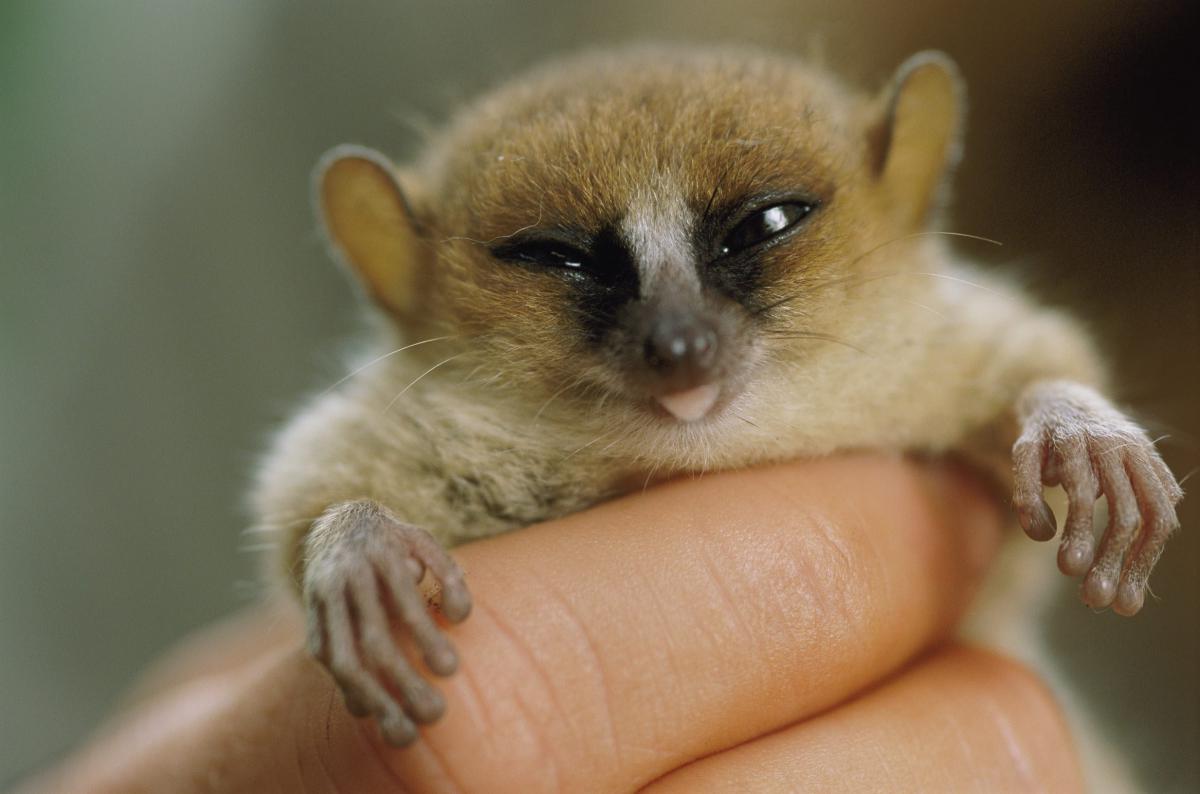
Bee Hummingbird
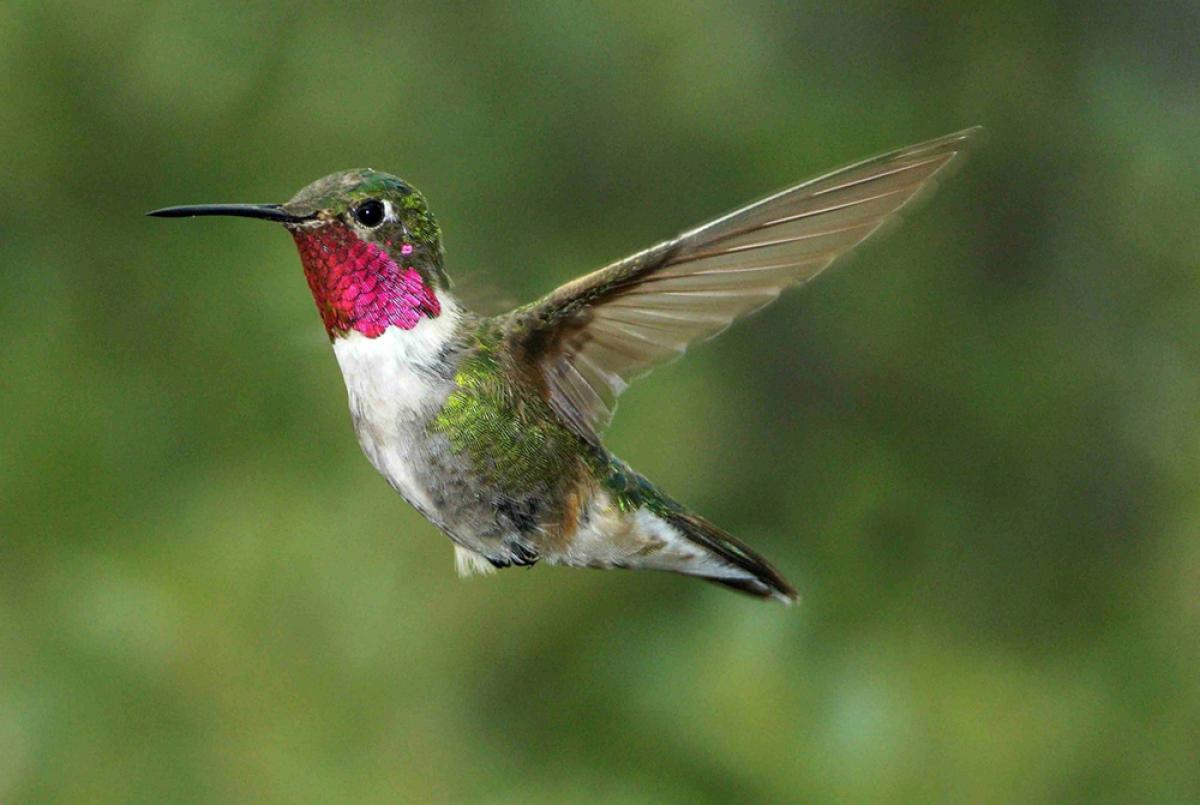
The Bee Hummingbird is the smallest bird in the world. It lives in Cuba, in the coastal forests. Even though it was widespread before, nowadays it is a rare sight because of habitat destruction/deforestation. They are about 6 centimeters long and weigh 1.6-1.9 grams. The females are larger than the males. Their size is very comparable to bumble bees(and bats). The males are quite colorful, their heads are red while they also have a throat patch underneath. Females are mostly blue-green. They feed on nectar, taken from specific plants. One Bee Hummingbird can visit up to 1 500 flowers each day. They also eat small spiders and insects for that nice protein.
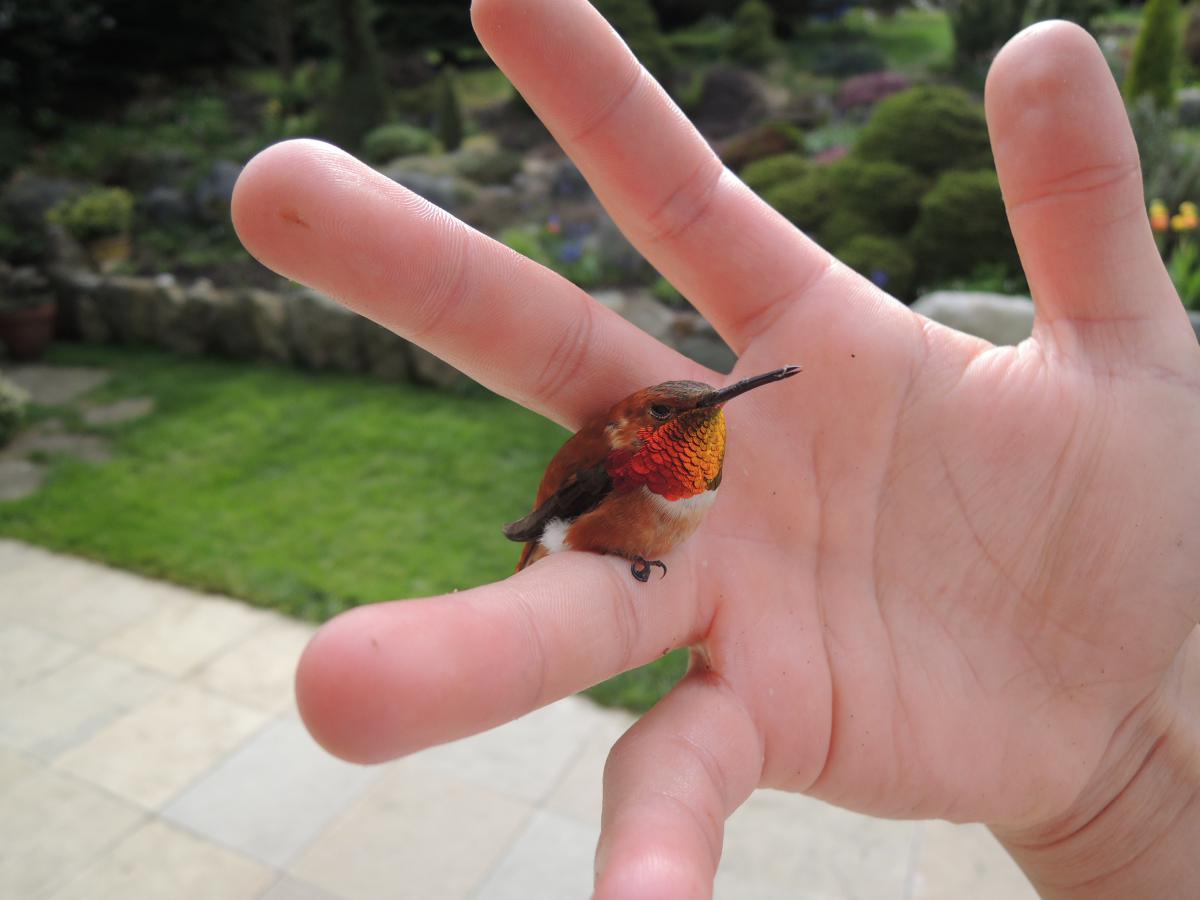
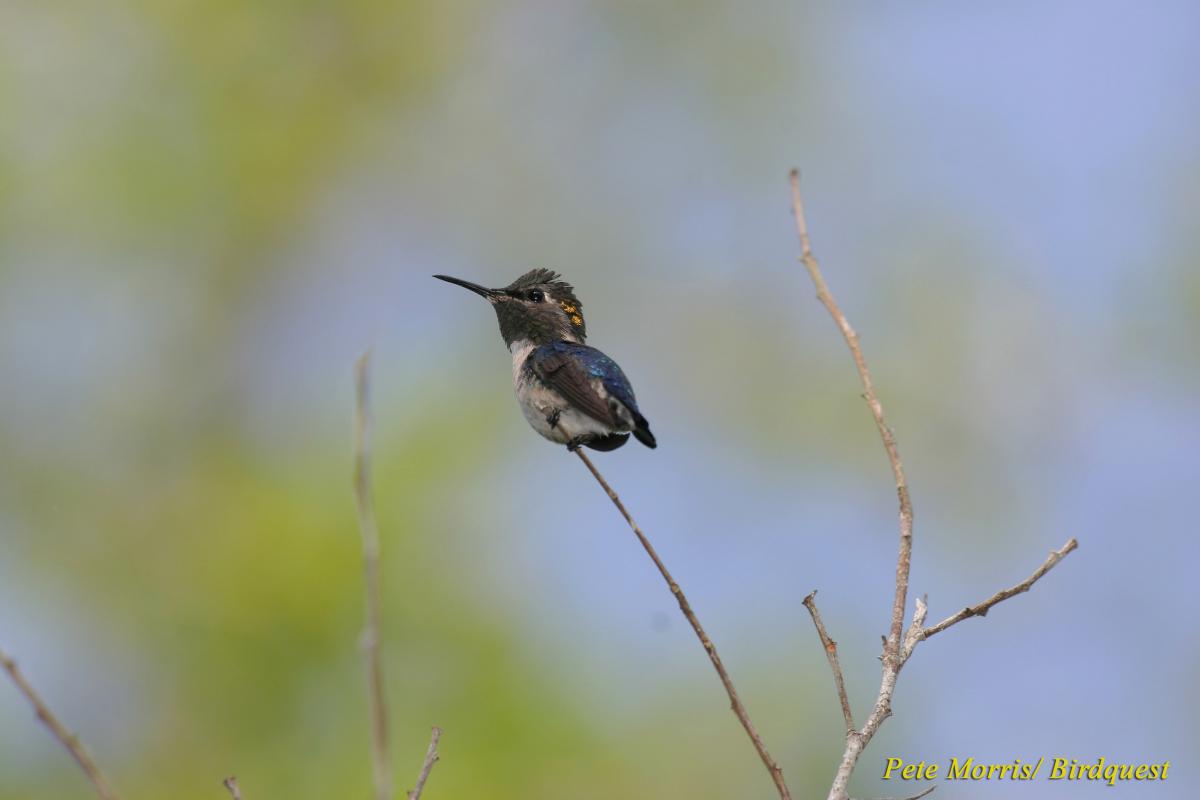
Paedocypris Progenetica
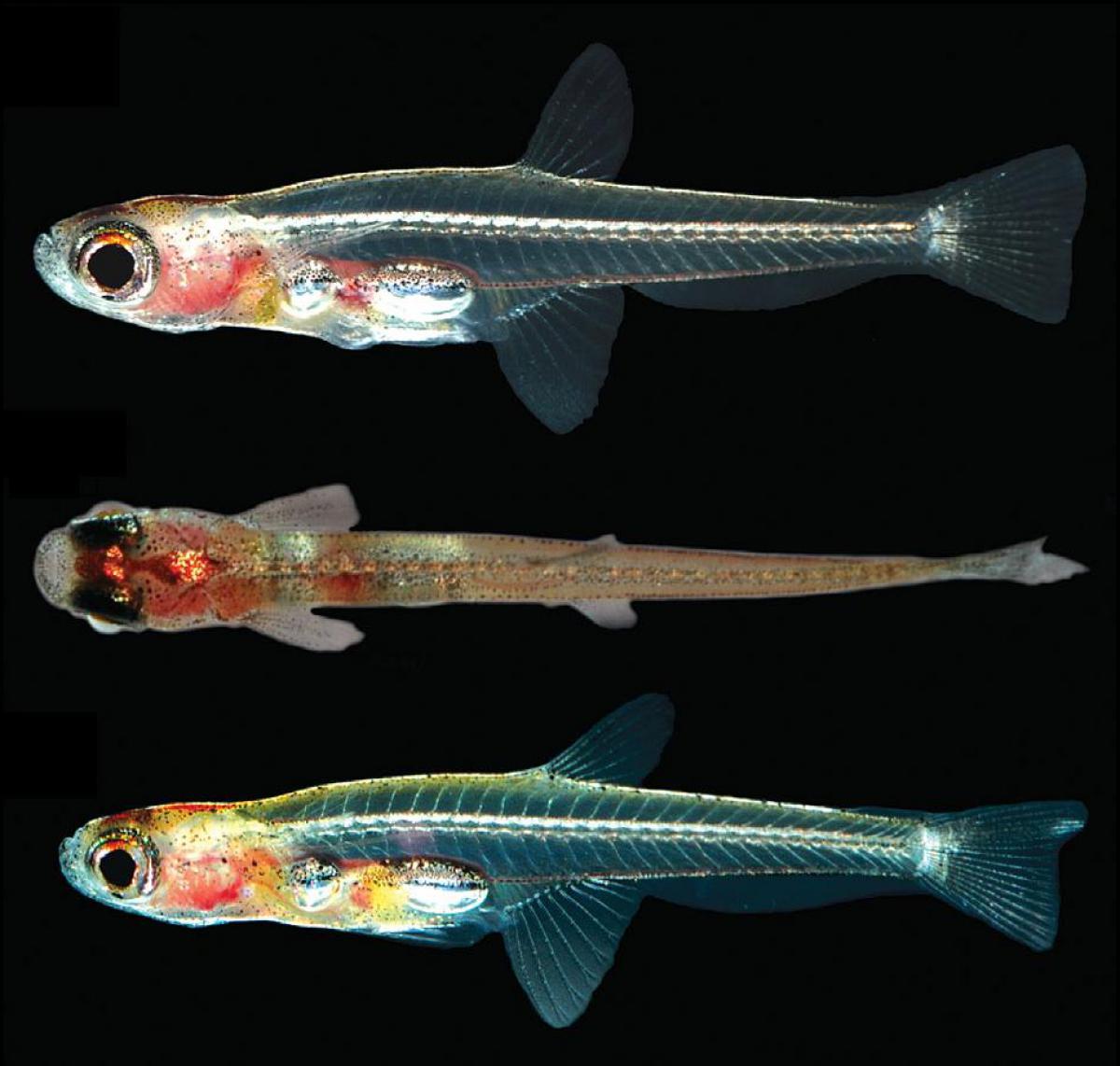
The world’s smallest fish has a whole slew of weirdness going for it. In lives on the island of Sumatra, Indonesia and prefers swamps. Swamps, which are 100 times more acidic than rainwater. The fish itself is so small(7.9 millimeters long) you can literally see through it. Furthermore its brain is actually not protected by a bone. It overall looks like a larvae, it is hard to imagine the fish in fact has a backbone. The swamps, they are living in, are actually very biologically diverse. Unfortunately though, deforestation has made life in them difficult.
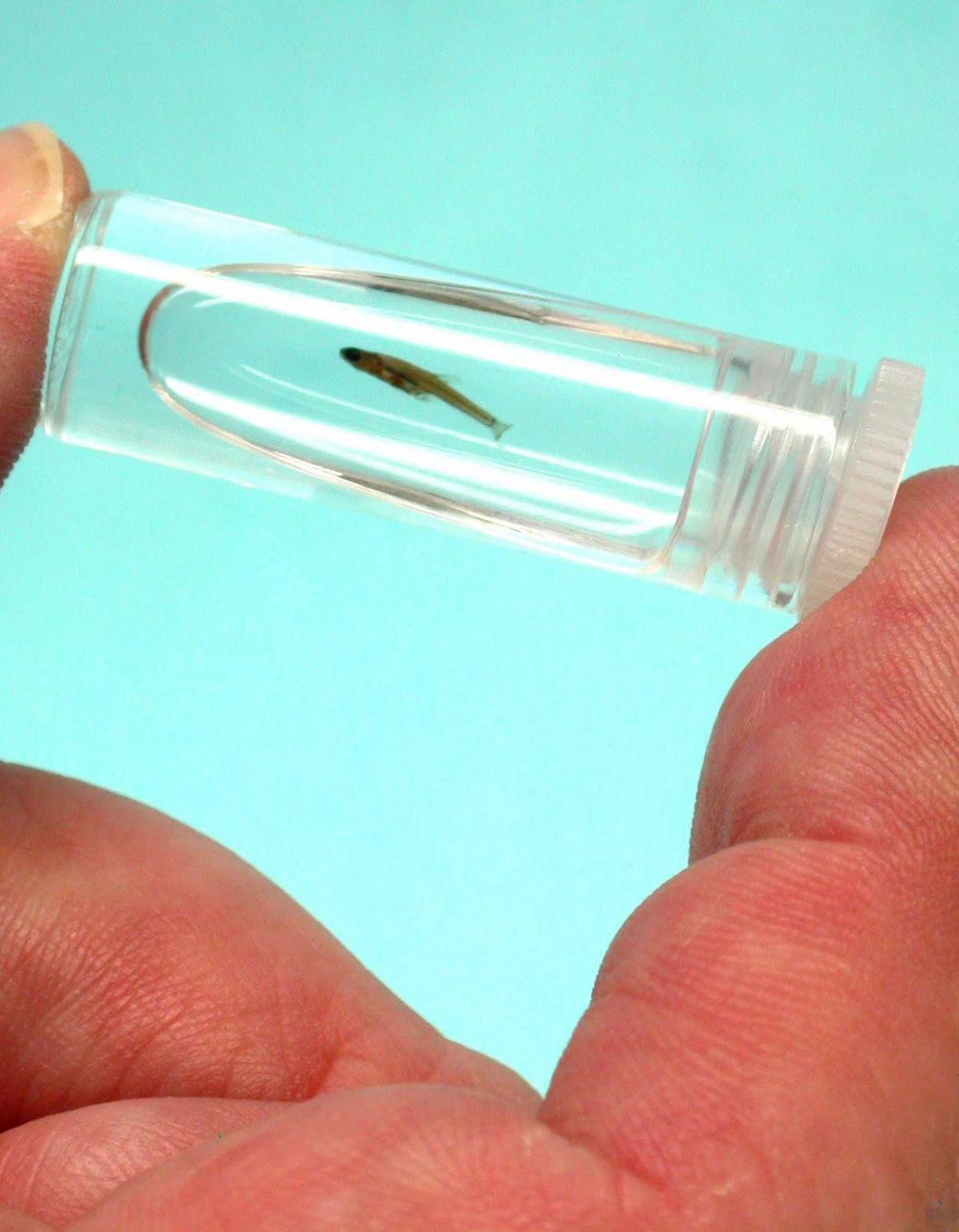
Anchiornis
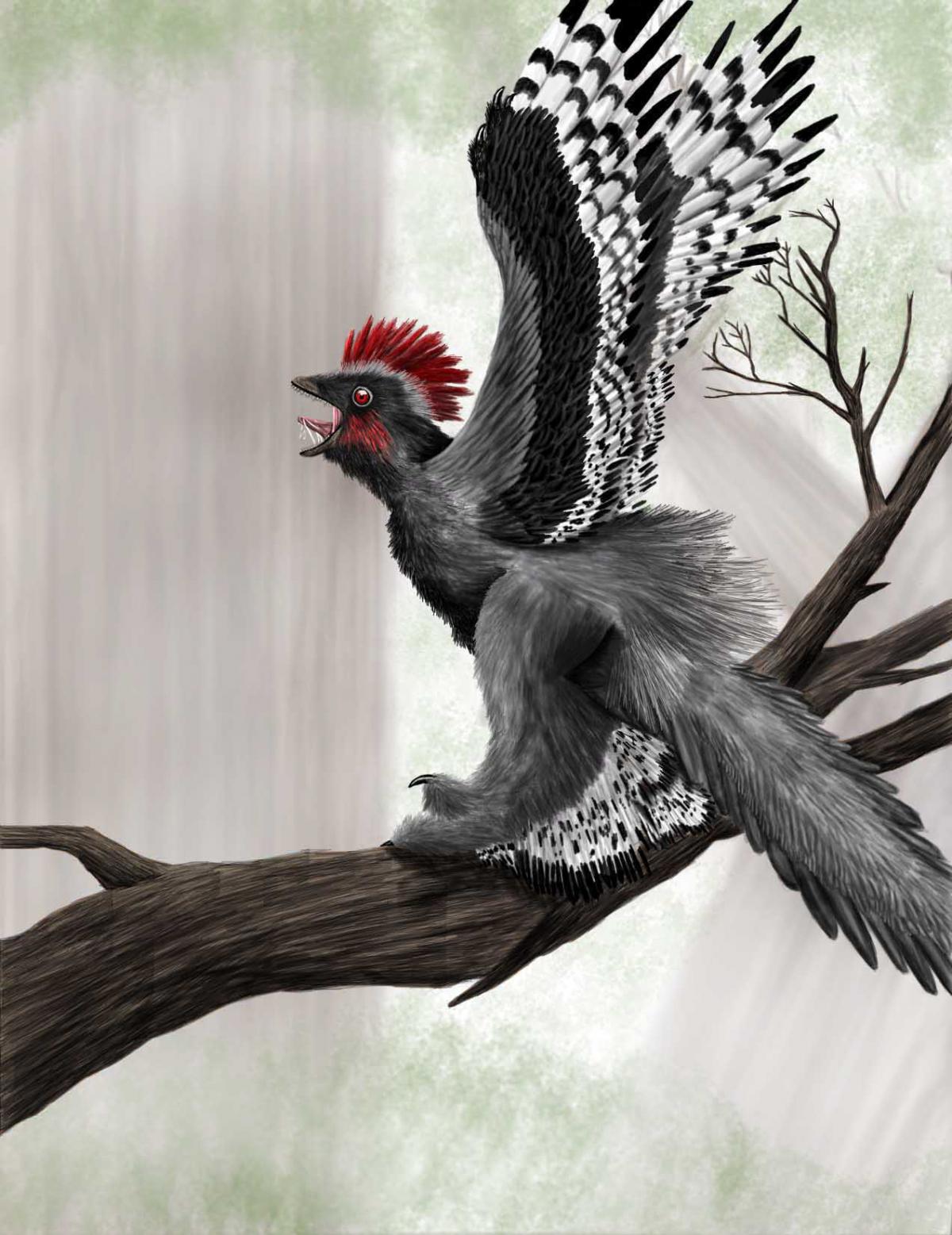
And now it is time for the smallest non-avian dinosaur. The Anchiornis was living in China between 160-155 million years ago. It is one of the missing links between birds and dinosaurs, while it certainly had many traits, recognizable in the big lizards, it also had its body covered in feathers. Adult specimen were about 34 centimeters in length and 110 grams in weight, very small when it comes to a dinosaur. Scientist have determined that it had mostly black feathers with white straps, it also had a crest on his head like a rooster. The Anchiornis probably ate insects and tried to stay away from the bigger dinosaurs in the region.
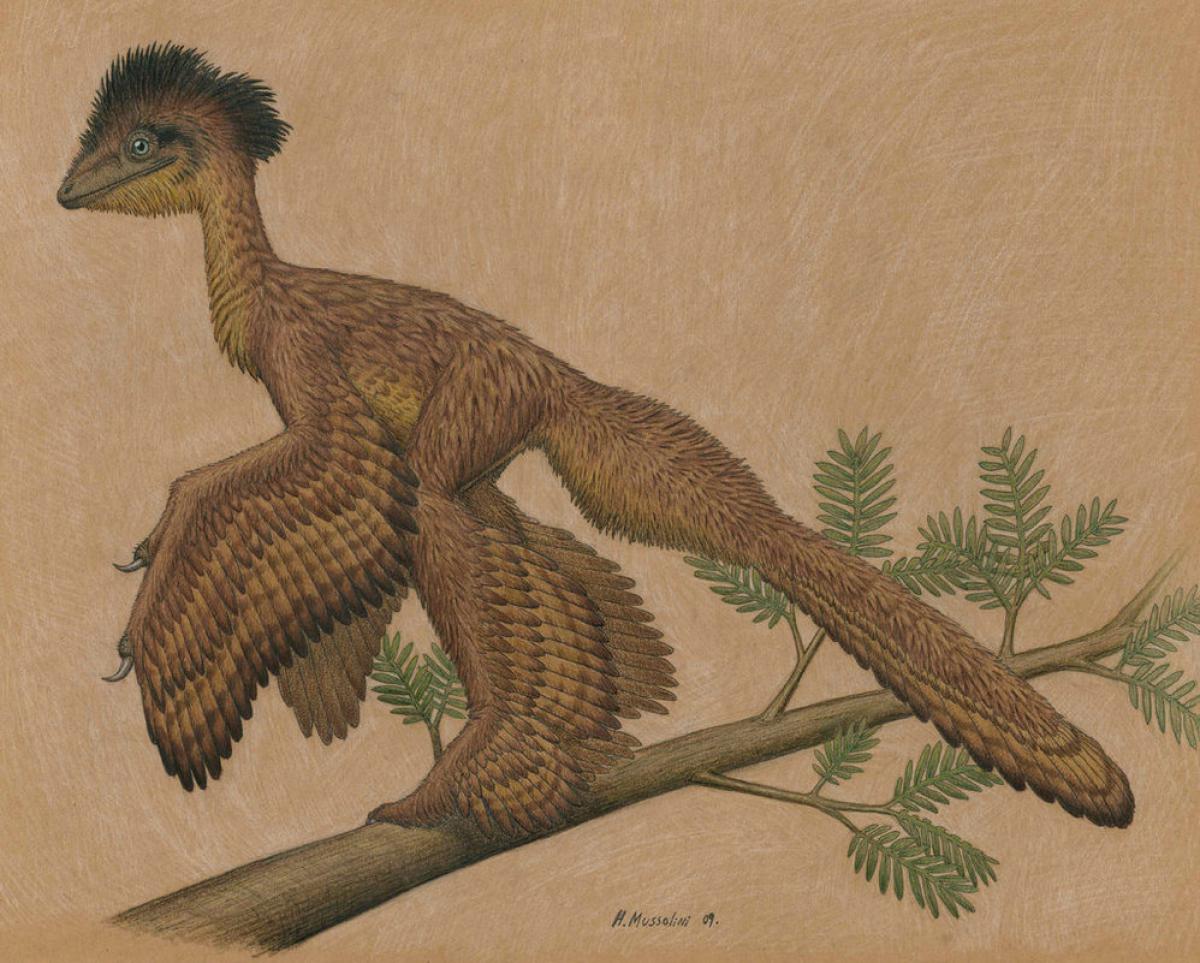
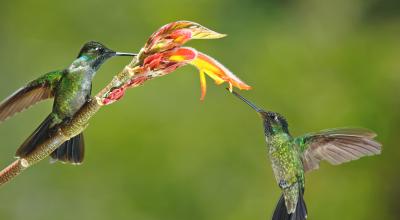
Leave a Reply